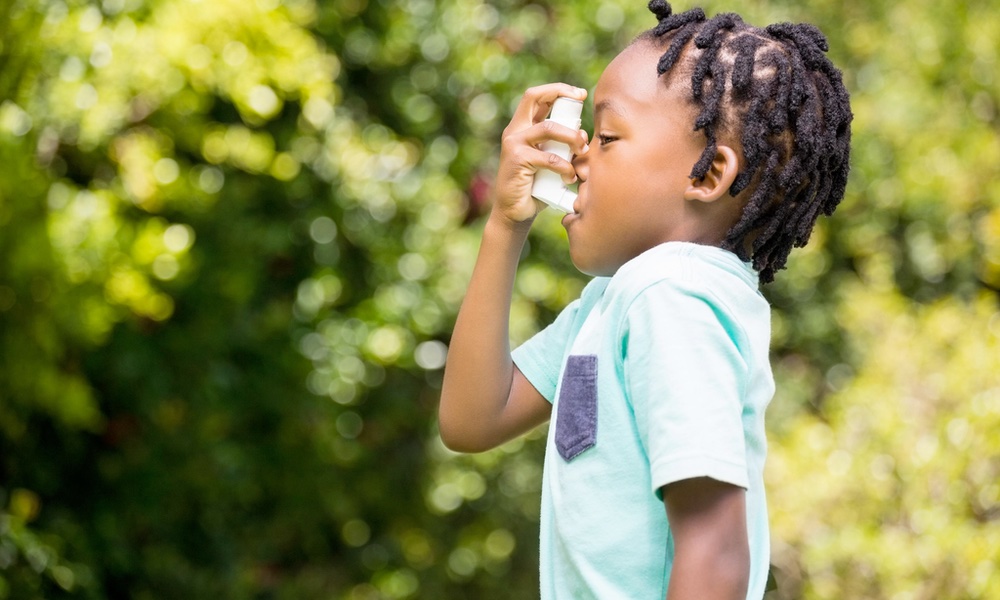Air pollution from traffic and other sources plays a big role in the development of childhood asthma, but not all kids are affected equally. Socioeconomic factors can also increase a child's exposure and susceptibility to air pollution-related childhood asthma.
The population density of a child's neighborhood, their race and other factors can also raise the risk of asthma in addition to exposure to air pollutants in early-to-middle childhood, a recent study led by researchers for the Environmental Influences on Child Health Outcomes (ECHO) found.
Data from almost 5,300 children enrolled in the Children's Respiratory and Environmental Workgroup (CREW) network between 1987 and 2007 from across the United States were analyzed for the study. Over 31 percent of children were Black; more than 48 percent were white; almost 16 percent were Latinx; and just over four percent identified as another race or ethnicity. The children were followed until they were 11 years old.Regulations to reduce air pollution do lower the risk of childhood asthma, but to be more effective, they should be combined with educational and environmental efforts to maximize health equity at the local level.
Exposure to air pollution early in life — from age 1 to 3 — made a child much more likely to develop asthma in early and middle childhood. This higher asthma risk during early childhood is cause for concern because, as the researchers point out, “Higher rates of exposure to air pollutants may lead to altered trajectories of airway and immune system development, with decreased lung function and asthma pathogenesis.”
Associations between asthma risk and NO2 and PM2.5 were stronger when mothers had less than a high school education, among Black children and in areas with a higher percentage Black population and greater population density.
It's clear that regulations to reduce air pollution can lower the risk of childhood asthma, but this study suggests these regulations, to be more effective, should be combined with educational and environmental efforts to maximize health equity at the local level.
The study only looked at the association between NO2 and PM2.5 exposure and asthma risk, but the researchers acknowledge that other urban pollutants such as ozone and traffic-related pollution could also raise asthma risk and interact with NO2 and PM2.5 and influence the results. Future studies could investigate whether exposures to pollutants later in life can cumulatively add to lifetime asthma risk, the researchers said.





